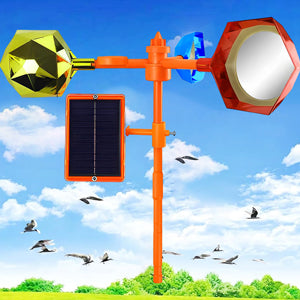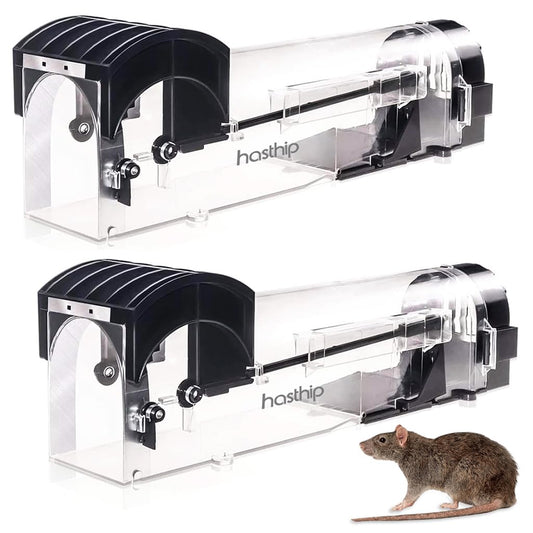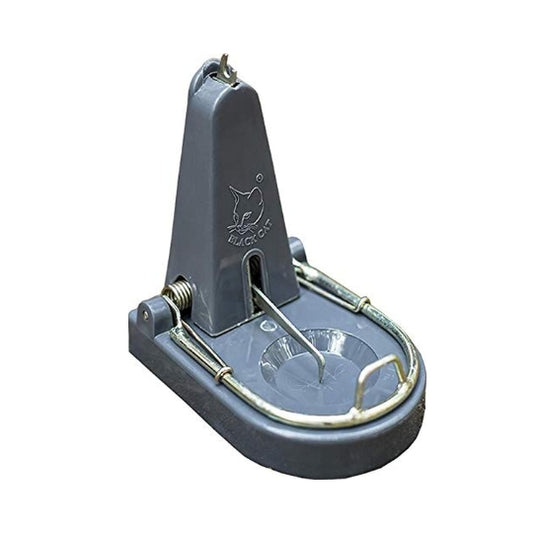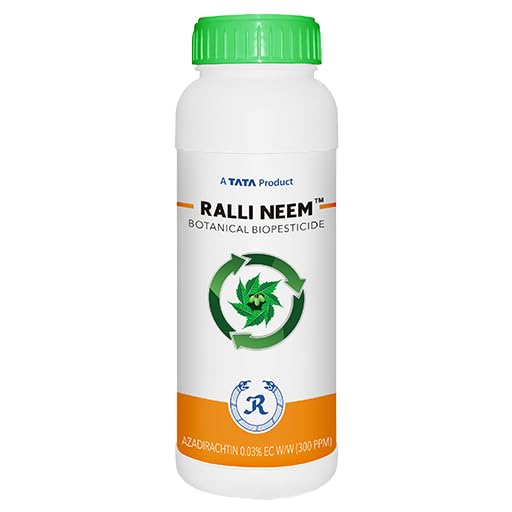How to Determine Fertilizer Doses for Optimal Crop Yield
Share
The best way to determine the right amount of fertilizer to apply is to consider the crop density and soil analysis. Crop density refers to the number of plants per unit area, and soil analysis provides information about the nutrient content of the soil.
In general, higher crop densities require more fertilizer. This is because more plants means more demand for nutrients. However, the type of crop also plays a role. For example, nitrogen-fixing crops, such as legumes, require less nitrogen fertilizer than other crops.
Soil analysis can help you determine the nutrient content of your soil. This information can be used to calculate the amount of fertilizer you need to apply to meet the nutrient requirements of your crops.
There are a number of methods for determining fertilizer doses. One common method is to use the recommendations of a soil testing laboratory. These laboratories will test your soil and provide you with a report that includes fertilizer recommendations.
Another method for determining fertilizer doses is to use the recommendations of an agricultural extension agent. These agents are experts in crop production and can help you determine the right amount of fertilizer to apply based on your specific circumstances.
Methods, research, and experiments in context of Indian farmer:
In India, many farmers do not have access to soil testing laboratories or agricultural extension agents. However, there are a number of resources available to help these farmers determine fertilizer doses.
One resource is the Indian Council of Agricultural Research (ICAR). The ICAR has developed a number of fertilizer recommendations for different crops and soil types. These recommendations are available online and in print.
Another resource is the Krishi Vigyan Kendra (KVK). The KVKs are a network of agricultural research and extension centers located throughout India. These centers offer a variety of services to farmers, including soil testing and fertilizer recommendations.
Farmers can also conduct their own field trials to determine fertilizer doses. This involves planting the same crop in different plots with different amounts of fertilizer. The results of the field trials can then be used to determine the optimal fertilizer dose for the crop.
By understanding the importance of fertilizer doses and by using the available resources, Indian farmers can improve their crop yields and increase their profits.
Conclusion:
Determining the right amount of fertilizer to apply is an important part of crop production. By considering the crop density and soil analysis, farmers can apply the right amount of fertilizer and get the most out of their crops.










